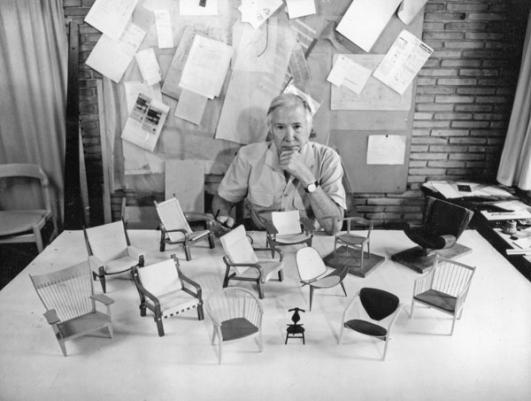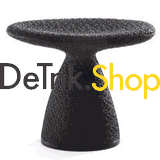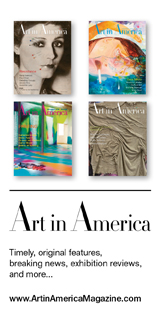Furniture Designer Hans J. Wegner turns 100
Hans J. Wegner( 1914-2007) is among the greatest of furniture designers. And he must also have been one of the most productive, since we today can count more than 1000 models. His designs have been described as ‘timeless’, ‘everlasting’, ‘perfect to the fullest extent of what is possible’, and ‘free from passing trends’.
There are many reasons for the quality of Wegner’s furniture. The most important is probably his craftmanlike, pragmatic approach to his trade. For Wegner, the attitude meant that he could go further with each design than before. In the period between 1960 and 1968, many of Wegner’s prototypes were developed at PP Møbler before going into production at Johannes Hansen and Erik Jørgensen et. al. In 1968-69, the cooperation was intensified as Wegner draws the first models for PP Møbler to produce. This was not only an important event for PP Møbler. It also meant that Wegner could continue his exploration of wood’s possibilities in terms of shape and construction. Today, PP Møbler produces a wide selection of Wegner’s furniture.
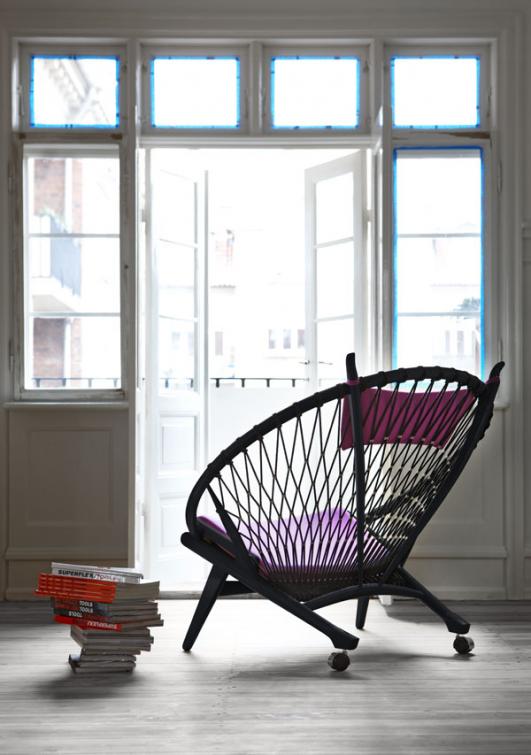
Wegner always evaluates the practical aspect in the design process by setting up a number of strict rules, dictating the process of giving shape – is this even possible? These rules may not allow for the wild free inspiration, but it demands a creative interaction between the potential of the material and the process of design. As Henrik Most writes in his article on Wegner: ‘The biggest freedom stems from the most severe strictness’. In the dialogue between material and creativity, Wegner surpasses most of his peers.
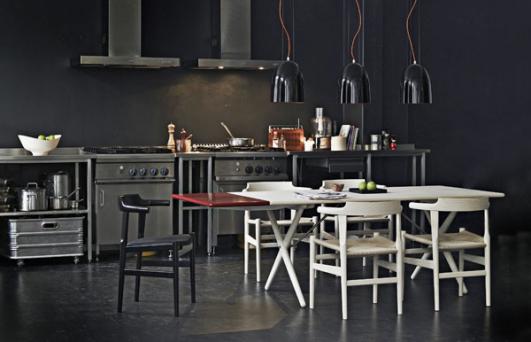
From 1928 to 1932, Wegner enters apprenticeship with Master of Crafts, Stahlberg in Tønder. In his spare time, he carves wooden figures and dreams of becoming a wood carver. At the age of 15, he makes his first chair. In 1935 and 1936, Wegner takes a two-and-a-half month’s cabinet making course at Teknologisk Institut and then enters the School of Arts and Crafts’, specialising in cabinet making. Here he meets and befriends fellow Jutlander, Børge Mogensen.
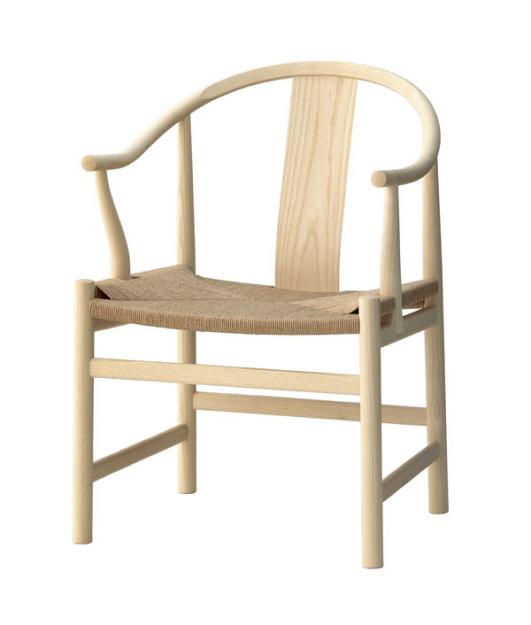
In 1943, Fritz Hansen asks Wegner for suggestions for their bent-wood-production. The results are The Chinese Chairs of which two go into production (FH 4283 and FH 1783 – later as PP 66 at PP Møbler). Wegner continues drawing for Fritz Hansen until the mid fifties. Due to the fact that Wegner moves to Copenhagen his cooperation with Johannes Hansen (PP Mobler) gets closer. Johannes Hansen allows Wegner to make whatever furniture he likes at his workshop, and Wegner becomes close friends with the foreman, Niels Thomsen who starts working at the workshop in 1947. ‘The Peacock Chair’ from 1947 is the first of many unique pieces of furniture.
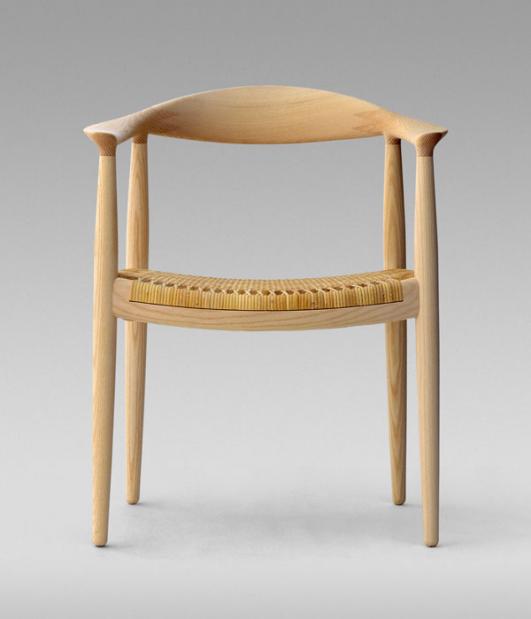
In 1949, Wegner draw ‘The Round One’/'The Chair’ with strawbottom seat, the folding chair, and the three-shells shell chair (all JH). ‘The Y-Chair’ (CH 24).’The Round One’ as Wegner referred to it with his usual provincial modesty, is one of the most famous Danish pieces of furniture – and certainly the most significant and distinct Danish. In it’s own modest and simple way it sums up the very essence of traditional Danish wood working and design philosophy. And it is absolutely the most important work of Hans J. Wegner.
With this chair Wegner was finally freed from the inspiration from other cultures and designers that influenced his earlier works. This chair was created in a language of shape and construction that only Wegner could speak and it triggered the first ever foreign report of Danish design in the American Interiors Magazine. This chair became the cornerstone of a wide range of designs that for more than a decade was the core business of 6 Danish furniture manufactures thus constituting the main force in the great international breakthrough of Danish Modern.
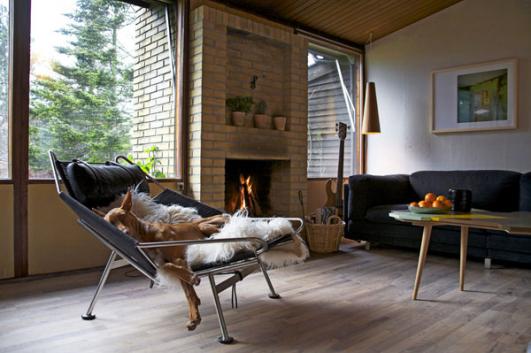
In 1950, ‘The Flag Halyard Chair’ is designed with no particular producer in mind, but is soon given to Getama. PP Møbler took over the production of ‘The Flag Halyard Chair’ in 2002. The Flag Halyard Chair by Hans J. Wegner designed in 1950 is truly one of a kind. Made of solid stainless steel, 240 meters specially developed flag line and a long-haired sheep skin it is the ultimate relaxing luxury ! “We must be careful that everything doesn’t get so dreadfully serious. We must play – but we must play in a serious way!” – Hans J. Wegner. Despite the futuristic appearance, the basic idea and the shape of the chair was conceived on a hot summer afternoon under quite trivial conditions. While the kids were playing in the shallow water on the beach, Wegner was digging himself into the sand building a comfortable chair to enjoy the holidays.
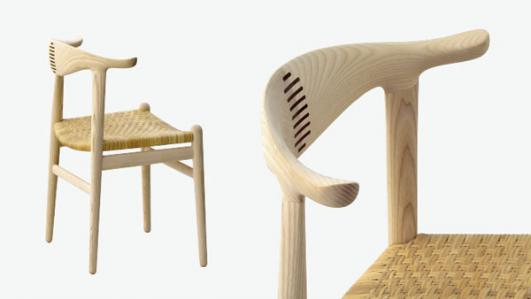
Designed in 1952 the Cow Horn Chair is the immediate follow up on the breakthrough of Wegner’s carrier, the Round Chair (pp501/pp503 | The Chair), and the continuity in shape and philosophy is obvious. But serving a different purpose Wegner created a chair that was to play an important role in his following line of works. Given the homage to the breathtaking beauty of solid wood manually carved in organic shapes, Wegner wanted to make a compact chair. Hence the solid wooden pieces making the armrests and back are now reduced to two, thus being joined in the middle. The joint obviously needs to be aligned with the grains of the wood as some kind of tenons and could be dowelled, but in this case Wegner decided that instead of hiding the necessary joint he would rather enhance it and make it a decorative part of the design. To obtain the full visible effect, Wegner uses wood of a contrast colour. This original idea would later become a characteristic trademark for many of his works and an important example of his honest and craftsman-like approach to design.
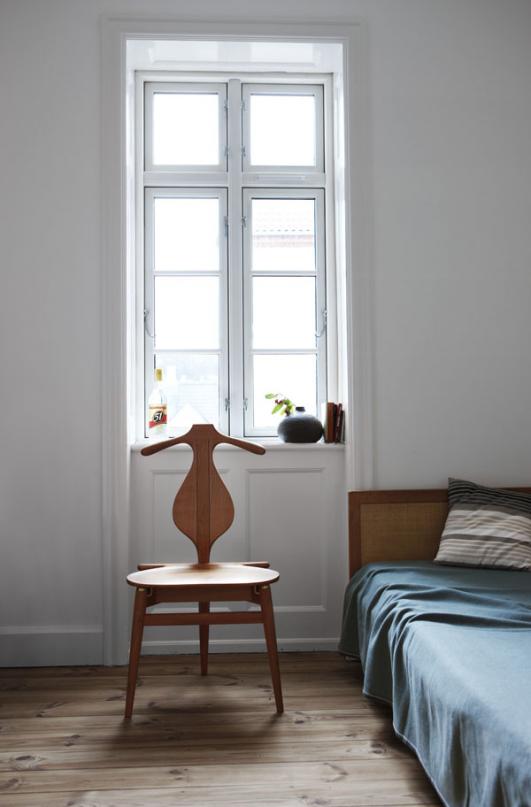
Fun often plays a major part in Wegner’s work. And this is perhaps most obvious in The Valet Chair. The idea for the chair was conceived in 1951 after a long talk with Professor of Architecture Steen Eiler Rasmussen and designer Bo Bojesen about the problems in folding clothes in the most practical manner at bedtime. With The Valet Chair Wegner took the consequence of this discussion and united the demanded functions with a playful sculptural design. The top rail is shaped as a coat hanger while the seat is basically a box for storing. Originally the chair had four legs, but Wegner was dissatisfied with this solution and continued working on the chair. He ended by solving the rather heavy look by removing one of the legs. PP Møbler resumed the production of this three-legged version in 1982.
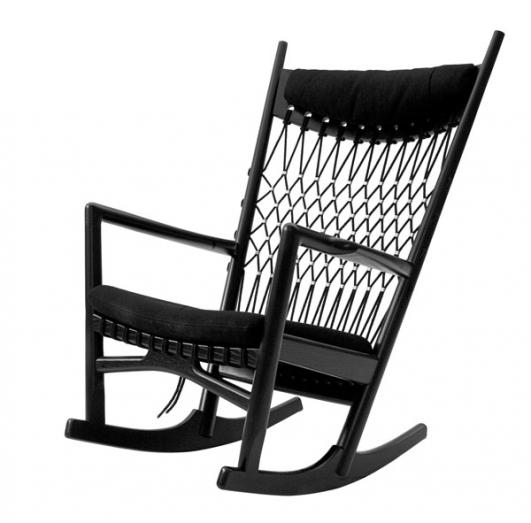
When Wegner celebrates his 90′ieth birthday in 2004, 130 of his models are still in production and the demand for his furniture is increasing. E.g. Carl Hansen & Søn has successfully re-launched several models. In 2007 Wegner passes away leaving a remarkable legacy of design and craftsmanship for future generations to enjoy. He is buried in a forest cemetery among the woods and PP Møbler makes in close collaboration with his daughter Marianne Wegner his final memorial – an engraved oak cross to stand at his grave.
